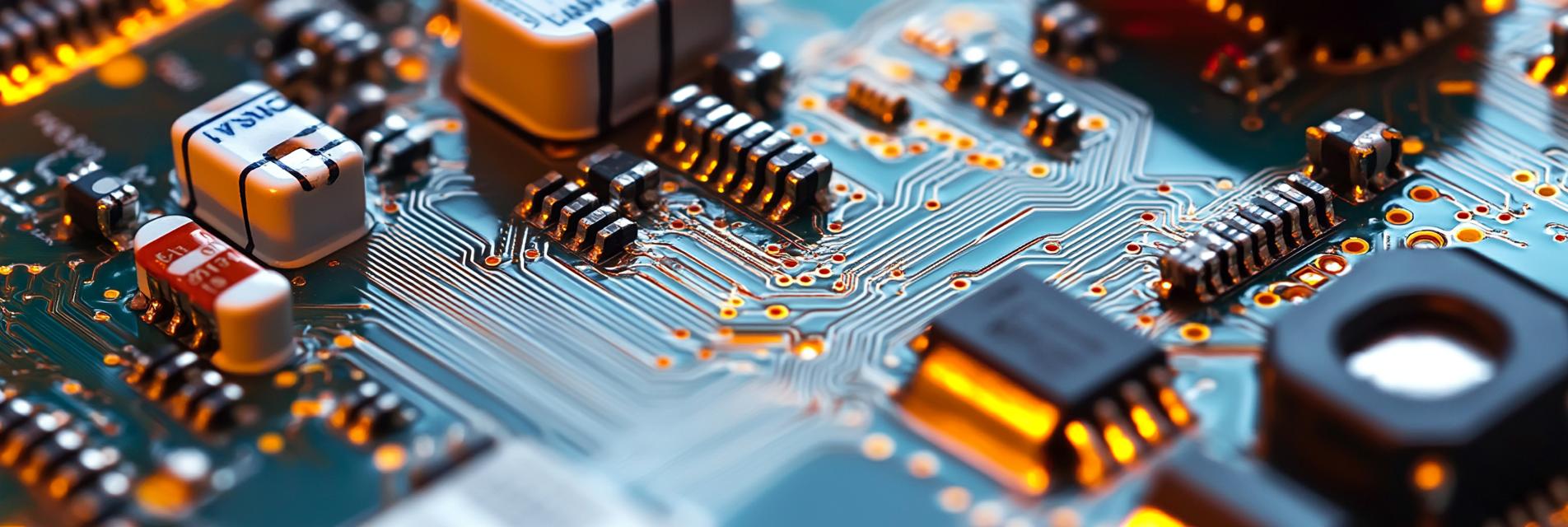The advancement of technology has continuously shaped the electronics landscape, with flexible printed circuit boards (PCBs) emerging as a critical component in modern devices. These innovative circuit boards offer significant advantages over traditional rigid PCBs, including enhanced adaptability, improved space utilization, and the ability to conform to complex designs. This market analysis delves into the key applications, current trends, and future prospects of flexible PCB technology across various industries.
Flexible PCBs find diverse applications in several sectors, revolutionizing how electronic devices are designed and manufactured. In the consumer electronics industry, flexible PCBs are employed in smartphones, wearables, and laptops, enabling thinner profiles and lightweight designs. Similarly, the automotive sector utilizes these technologies for advanced driver-assistance systems (ADAS), which require high-density interconnections. Moreover, medical devices benefit from flexible PCBs, particularly in diagnostics and imaging systems, where flexibility and compactness are crucial for effective operation.
The flexible PCB market is experiencing robust growth, driven by several emerging trends. The increasing demand for miniaturization in electronics leads manufacturers to explore more compact and reliable solutions. Furthermore, the integration of Internet of Things (IoT) devices prompts the need for lightweight and flexible circuitry that can easily accommodate various applications within home automation, smart cities, and connected devices. Additionally, as environmental concerns grow, the electronics industry is shifting towards sustainable production methods, where flexible PCBs can be redesigned to minimize waste and resource consumption.
Recent technological advancements have further catalyzed the adoption of flexible PCBs. Innovations in materials, such as polyimide and polyester, enhance the performance and thermal stability of flexible circuits. Moreover, the ability to integrate features like flexible sensors and antennas onto PCBs enables new applications and functionalities that were previously unattainable. These advancements not only improve performance and reliability but also expand the scope of flexible PCBs into innovative sectors like wearable health tech and industrial automation.
Looking ahead, the future of flexible PCBs appears promising. Emerging fields such as 5G connectivity and autonomous vehicles are expected to boost demand for flexible circuit technology. As industries continue to evolve, the need for smaller, more efficient components will likely drive continuous innovation within the flexible PCB market. Businesses that can effectively leverage these advancements and adapt to changing demands will unlock significant growth opportunities in the years to come.

